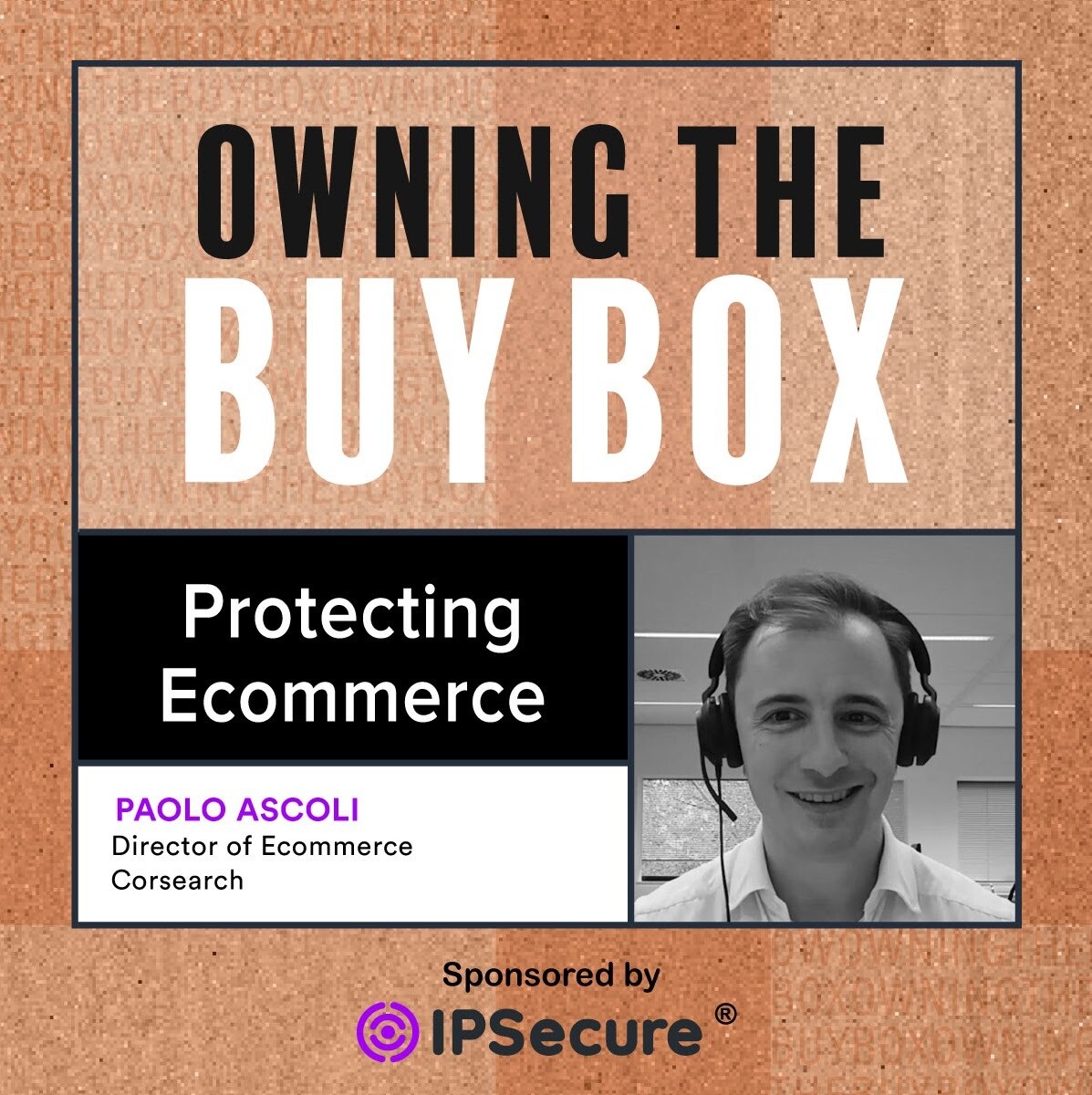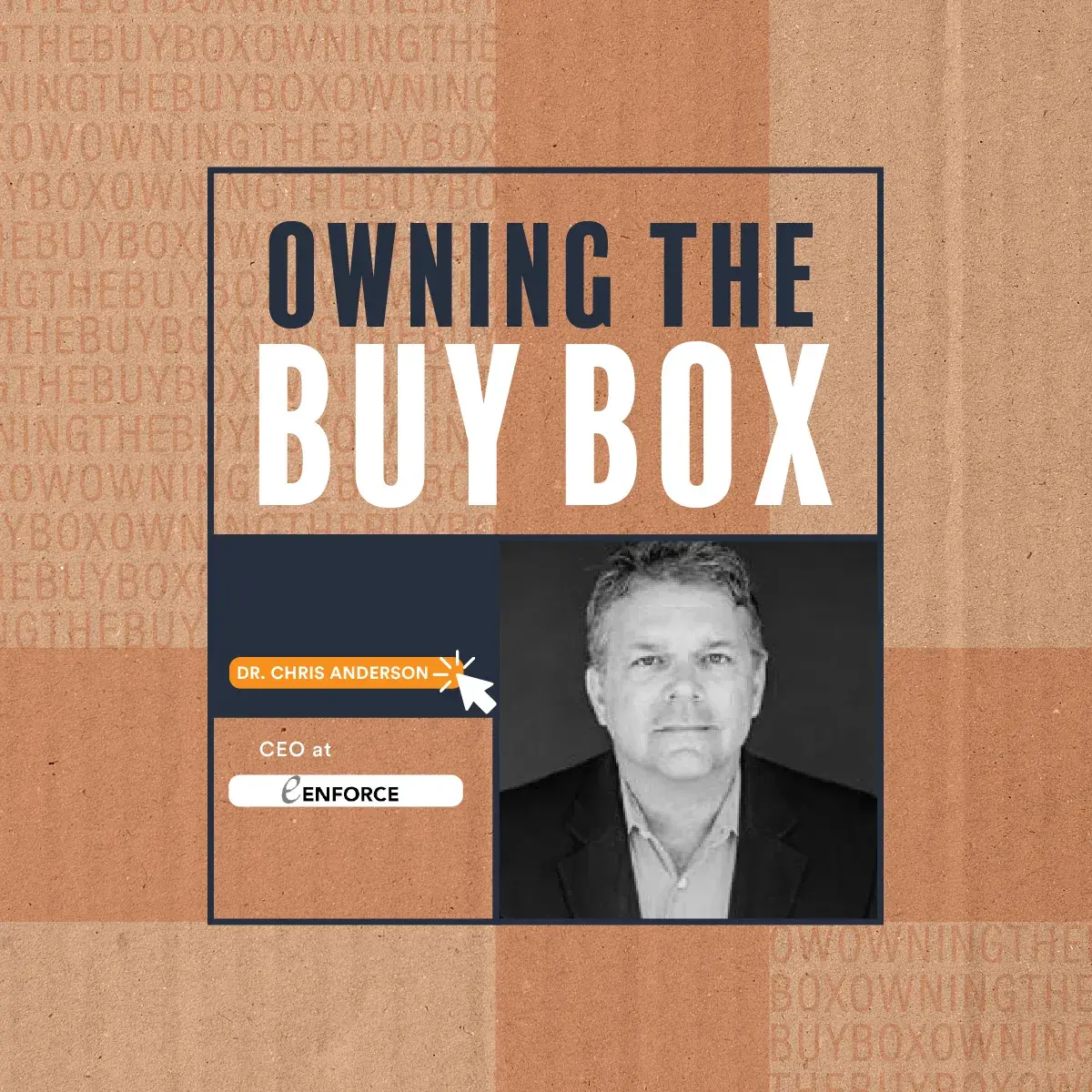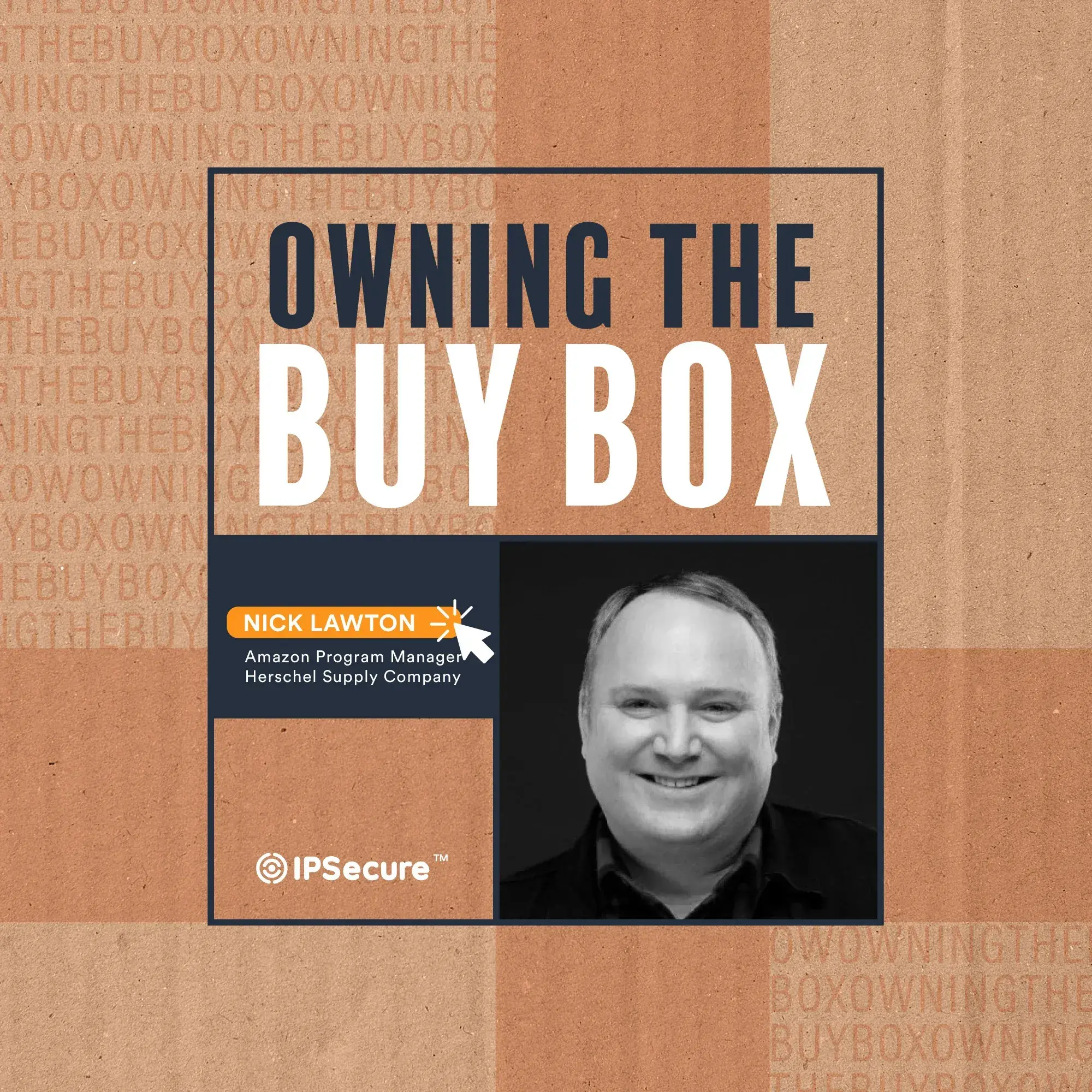5 min read
Hundreds of millions have been spent fighting counterfeits on Amazon, but there is a bigger, much tougher revenue drainer for brands called the Gray Market.
Aman Advani, industry expert and Director of Operations at AO2 Management, shares how brands and agencies can effectively protect their sales channels from Gray Market sellers.
Aman shares invaluable insight into:
- The Gray Market problem vs. counterfeiting
- Establishing long-term brand protection
- How to make sure you’re winning
Gray market sellers are the biggest threat to consumer brands on Amazon
Efforts against counterfeit sales often take precedence in the battle for the Amazon Buy Box. But, while counterfeits do take a significant toll on consumer brands selling on Amazon, there’s a bigger threat.
The Gray Market is comprised of unauthorized resellers on Amazon that purchase legitimate products from manufacturers or distributors to sell. They often receive the items at a discount and undercut the IP holders to increase sales.
Clearly, Gray Market sellers take a big scoop of revenue. So why do businesses often excuse them?
Usually, Gray Market sellers are generally more challenging to identify, tougher to control, and technically running legal businesses. In addition, because these sellers purchase items through official channels, resulting in a small portion of the ultimate profit returning to the original company, IP holders often decide that it’s not worth the investment or effort to control these parties.
Unfortunately, those that ignore the Gray Market do so at their peril.
Loosing the Buy Box
When you lose control of the Buy Box and other sellers are offering your product, you also lose control of the market.
Gray Market sellers gain the upper hand by controlling pricing. If someone is selling your authentic product at a lower price and they have the benefits of Buy Box control, you’re losing more than just revenue.
You also place your reputation in the hands of others.
Aman argues that your lost reputation is perhaps the most valuable asset Gray Market Sellers gain control over. He says, “The main importance of brand protection is being able to prove to customers and your audience that you are responsible for every part of the transaction. Without brand protection, it's easy for customers to get a convoluted experience.”
Ultimately, the customer experience provided by Gray Market sellers reflects on your business directly.
Do you really want to hand over the fate of your company to a stranger?
How to get long-term brand protection
Brand protection is the ultimate means to remain in control of your own business.
Without it, “you're letting someone else steal your customer and display a voice for your brand that's not yours. You forfeit revenue and reputation,” according to Aman.
After extensive experience, Aman’s devised the perfect recipe for consumer brand protection.
The required ingredients include:
- A specific plan and scope
You need to understand your consumers and how they choose to purchase. Investigating Gray Market sources and evaluating distribution and manufacturing contracts may also play a significant role.
Brand protection is a huge task and can’t be completed across the board. However, adherence to a plan focusing on the most significant factors will guarantee the most success.
- Dedicated budget and personnel
A team or a specialist should be assigned to brand protection efforts. Creating a budget for brand protection can also lend to a targeted, effective approach.
- Commitment to controlling the channel
No one can maintain true brand protection without effort. Even with the best agency run by the most intelligent people, you’ve got to be willing to protect your Amazon Buy Box.
Without commitment, most strategies won’t work.
- Outsourced teams, software, or tools
Manually protecting your IP may be simple for a few SKUs.
But once you begin to grow, so does the required investment. Luckily, there's Amazon Brand Protection Software. Consider outsourcing when it makes sense for your company.
However, brand protection doesn’t end once you’ve gained control of the Buy Box. It’s not something you achieve, then move on from. Defending your brand and keeping control of your reputation is a continuous effort explicitly tailored to your business.
How to ensure you’re continuously winning
To best approach the never-ending crusade of brand protection without losing focus, you must analyze the available data. “Data is the king when deciding how to best approach protecting the Buy Box,” Aman has discovered.
You’ve genuinely got to understand your consumers, where they spend their time, and how they walk through the purchasing process.
But knowing your consumer is only one portion of brand protection.
You also have to investigate existing Gray Market sellers to determine where they are getting your products, how they sell to your consumer and their relationship with their distributors.
Once the dots have been connected, you can reevaluate the agreements and contracts with each manufacturer or distributor, cutting off inventory lines for Gray Market sellers where possible.
This may not cut out all secondary sellers, but it can help you regain market control.
Ultimately, protecting your brand will look different for various organizations. Using the information available to determine what is most important for protecting your bottom line, reputation, and market control is vital. However, regardless of methodology, data is at the core of brand protection which is the foundation of a successful business.



